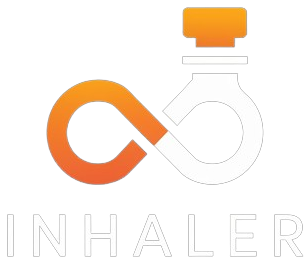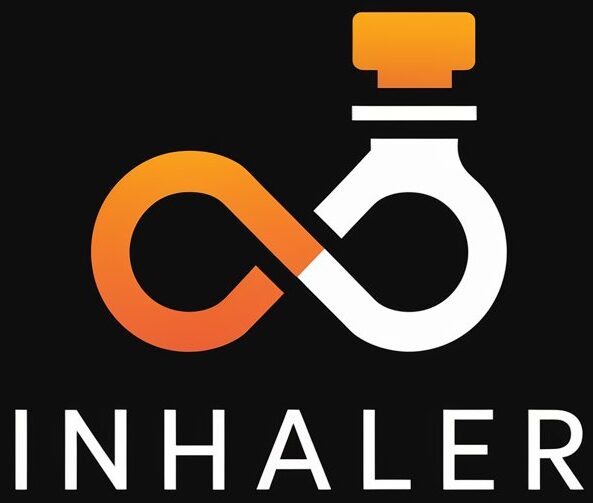An essential tool in managing respiratory diseases, like asthma and chronic obstructive pulmonary disease (COPD), is the pressurized inhaler. It is a handheld portable inhalation device that delivers medication directly to the lungs, enabling patients to breathe easier. This article aims to help you understand the basics of pressurized inhalers, how they work, and how to use them effectively.
What is a Pressurized Inhaler?
A pressurized inhaler, often referred to as a puffer, pressurized metered-dose inhaler (pMDI), or simply an inhaler, is a device used to deliver medication into the body via the lungs. It is an effective choice for respiratory treatment as it allows drugs to go directly to the lungs rather than passing through the digestive system or being delivered intravenously. This offers quicker relief for those suffering from respiratory troubles and reduces side effects associated with systematic medication.
The Structure of a Pressurized Inhaler
A pressurized inhaler comprises three main components; a canister, which holds the medication, a plastic casing with a mouthpiece, and a propellant that helps release the drug in small, accurately measured doses. This compact, lightweight design makes it very portable, allowing patients to carry it wherever they go and use it whenever it’s needed.
How Does a Pressurized Inhaler Work?
On pressing the canister, the propellant forces the medication out through the mouthpiece of the inhaler. The medication expelled is in the form of a fine mist or aerosol. Patients can then inhale this aerosol, allowing the drug to reach their airways and lungs, providing relief from symptoms or preventing the onset of an asthma attack or COPD flare-up.
Types of Medication in Pressurized Inhalers
The types of medications administered through pressurized inhalers can be broadly classified into two categories: bronchodilators and steroids. Bronchodilators are medications that relax muscles around the airways. There are two types; short-acting bronchodilators for quick relief, and long-acting bronchodilators for consistent control. Steroids, on the other hand, are anti-inflammatory drugs that reduce swelling and mucus production in the airways, improving lung function and preventing asthma attacks.
How to Use a Pressurized Inhaler Correctly?
Proper use of pressurized inhalers is crucial in effectively managing respiratory diseases. Mistakes in using these devices may lead to less medication reaching the lungs, reducing its effectiveness. The general steps for using a pressurized inhaler are:
- Remove the cap from the inhaler.
- Shake the inhaler for a few seconds.
- Holding the inhaler upright, breathe out fully.
- Put the mouthpiece into your mouth. Close your lips around it to create a seal.
- Breathe in deeply through your mouth as you press down on the top of the inhaler.
- Hold your breath for a few seconds, allowing the medication to settle in your lungs.
- Lastly, breathe out slowly.
Conclusion
Pressurized Inhalers are lifelines for people with breathing problems, providing much-needed relief. They are a convenient and effective way to administer medication directly to the lungs. However, for them to work effectively, it’s essential to use them correctly by following the appropriate steps. It’s always a good idea to consult with a professional healthcare provider to understand the proper usage and to find the best type of medication for your specific condition.
FAQs
1. Can I overuse my pressurized inhaler?
Yes, overusing your inhaler can lead to increased heart rate, shakiness and even decreased effectiveness of the medication over time. Always follow prescribed usage instructions.
2. What do I do if I forget to take my inhaler?
Firstly, do not panic. Take the medication as soon as you remember. However, if it’s close to your next dose, skip the missed one and continue with your regular schedule.
3. Can I clean my inhaler?
Yes, it’s essential to clean your inhaler to prevent a build-up of medication that can block the small hole the medicine comes out of. Carefully follow the cleaning instructions provided with your inhaler.
4. Why must I hold my breath after inhaling the medication?
Holding your breath allows the medication to settle in your lungs so it can be absorbed properly. It’s recommended to hold your breath for about 5-10 seconds after using your inhaler.
5. What should I do if my inhaler isn’t working?
If your inhaler isn’t relieving your symptoms, you should contact your healthcare provider immediately. They may need to adjust your treatment or check if the inhaler is working correctly.

